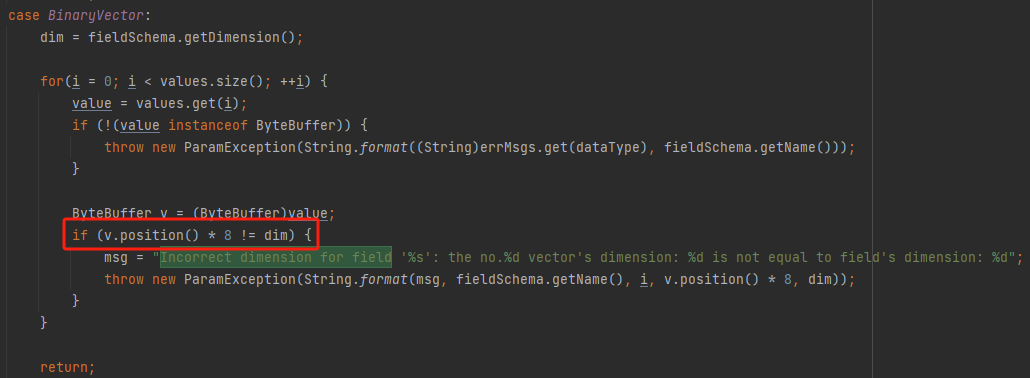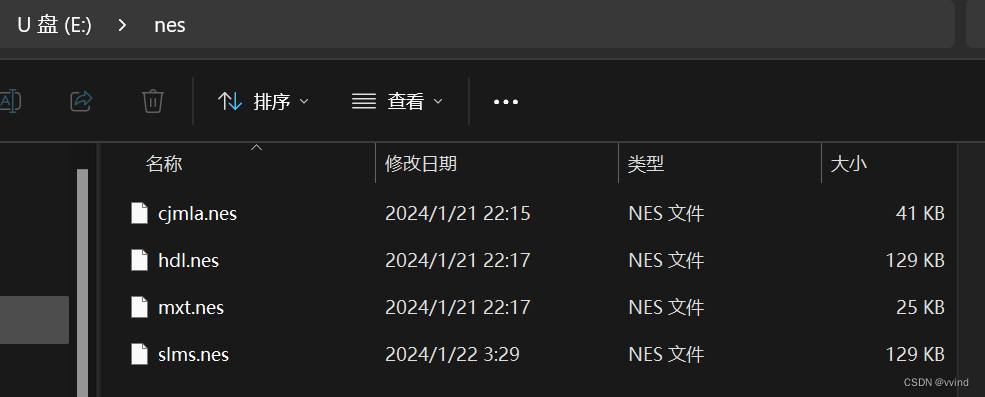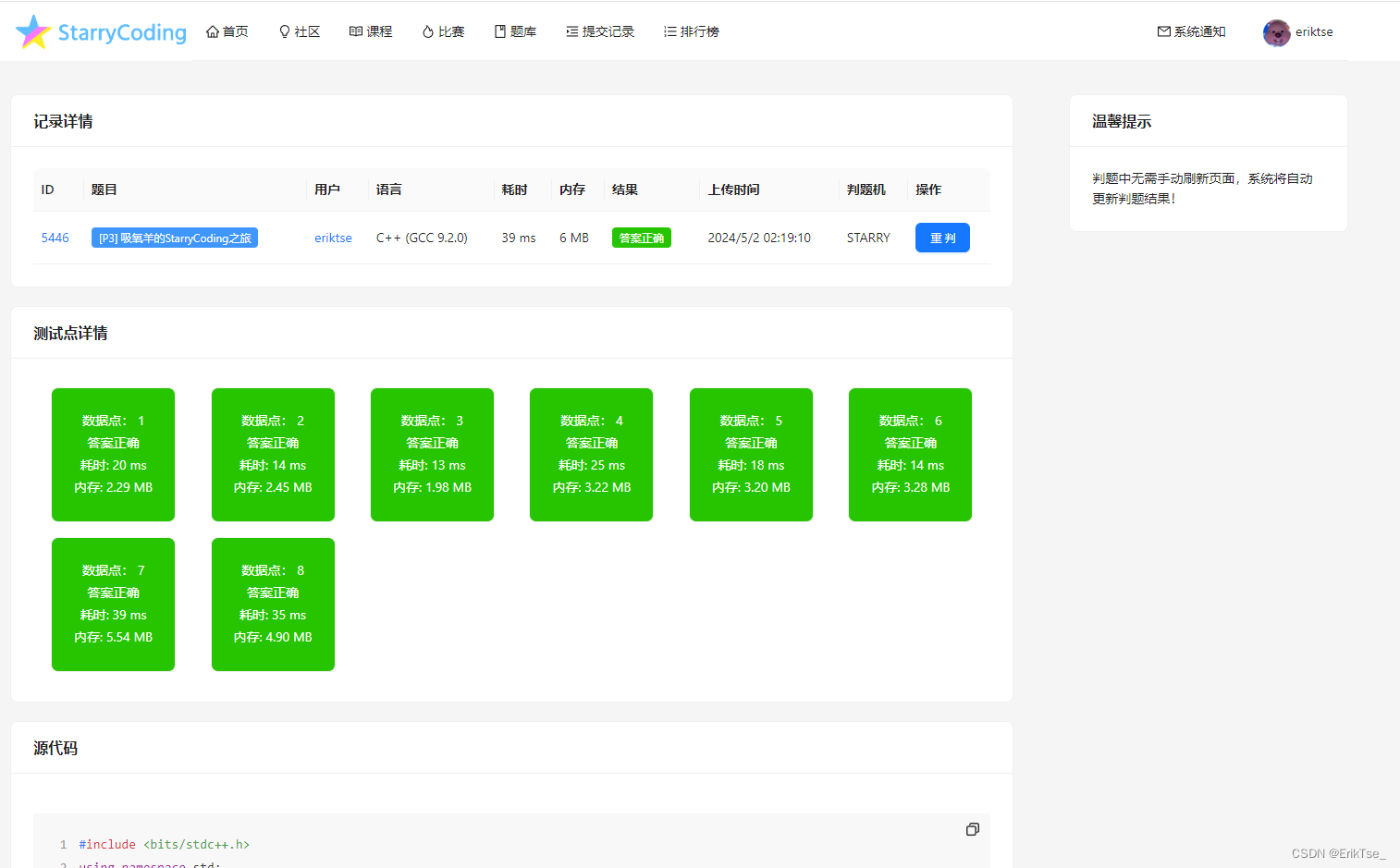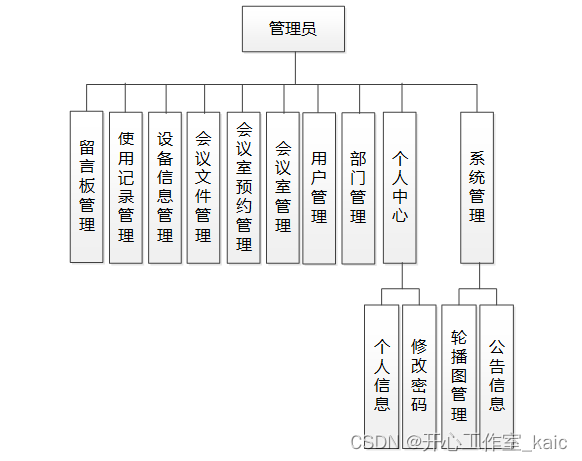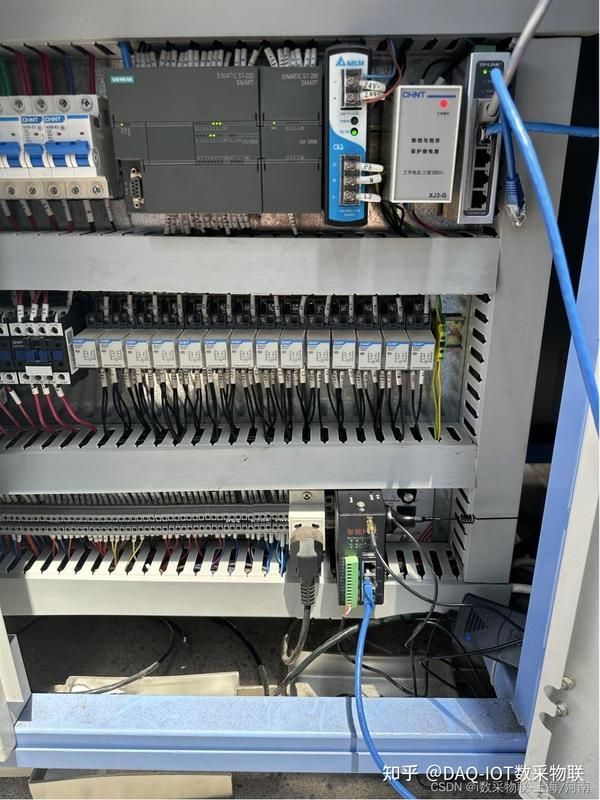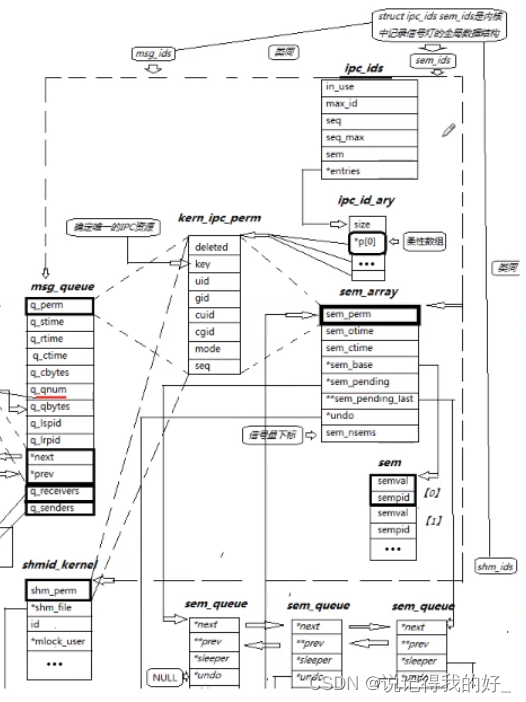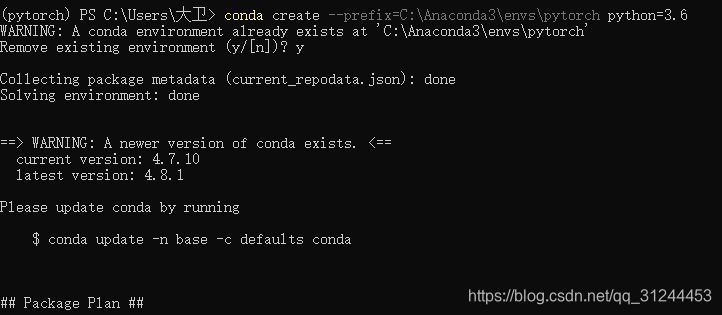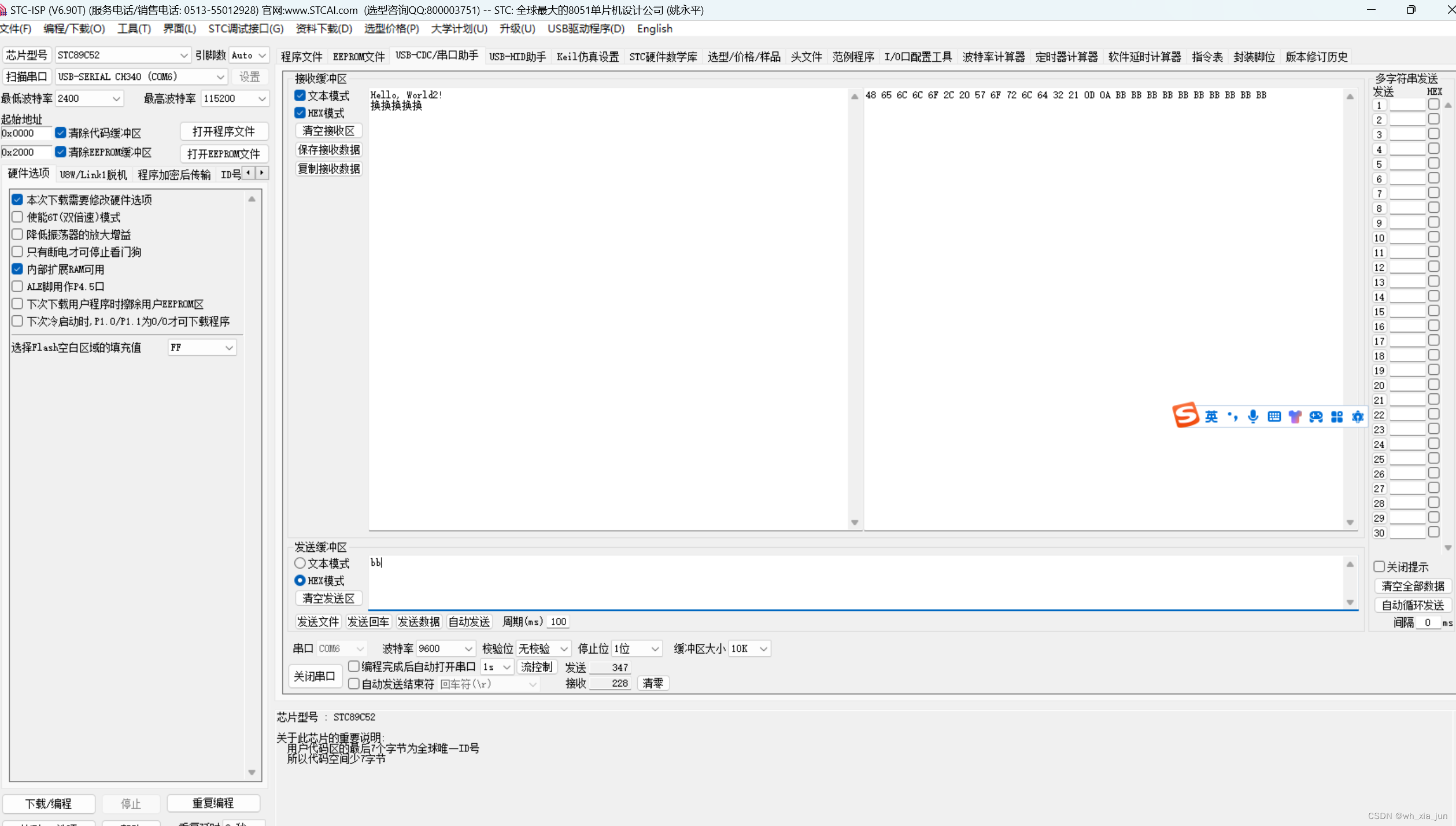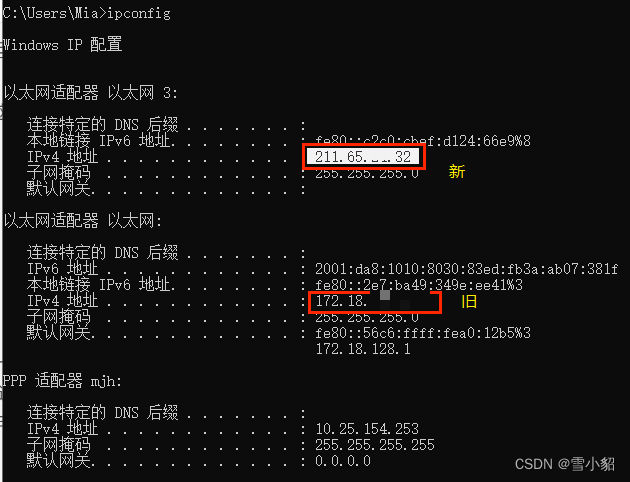第一种是把byte[]转换为List< float >,然后存储到Milvus的floatVector中 第二种是把byte[]转换为ByteBuffer,然后存储到Milvus的BinaryVector中 我先用的是第一种,但是在转换float过程中,报错NaN,某些数据无法转换,于是换第二种,伪代码如下 . . . FieldType fieldType = FieldType . newBuilder ( ) . withName ( "feature" ) . withDataType ( DataType. BinaryVector ) . withDimension ( 8256 ) . build ( ) ; . . . byte [ ] featureData= . . . ; ByteBuffer byteBuffer = ByteBuffer . wrap ( featureData) ; byteBuffer. position ( byteBuffer. capacity ( ) ) ; List < ByteBuffer > = new ArrayList < > ( ) ; vector. add ( byteBuffer) ; List < InsertParam. Field > = new ArrayList < > ( ) ; fields. add ( new InsertParam. Field ( "feature" , vector) ) ; InsertParam insertParam = InsertParam . newBuilder ( ) . withCollectionName ( collection_name) . withFields ( fields) . build ( ) ; R < MutationResult > = milvusClient. insert ( insertParam) ;
解决思路:先百度谷歌,然后没找到解决办法,于是看报错位置,查源码,定位报错原因,如下 然后发现byte[]在经过ByteBuffer byteBuffer = ByteBuffer.wrap(featureData);这段代码转换时,position被默认设置为0,因此加入byteBuffer.position(byteBuffer.capacity());修改position值 还有需要注意的是设置该字段的向量维度时,需要设置为byte[]的长度乘以8 